The Haçienda nightclub voted one of the UK’s top historic sites
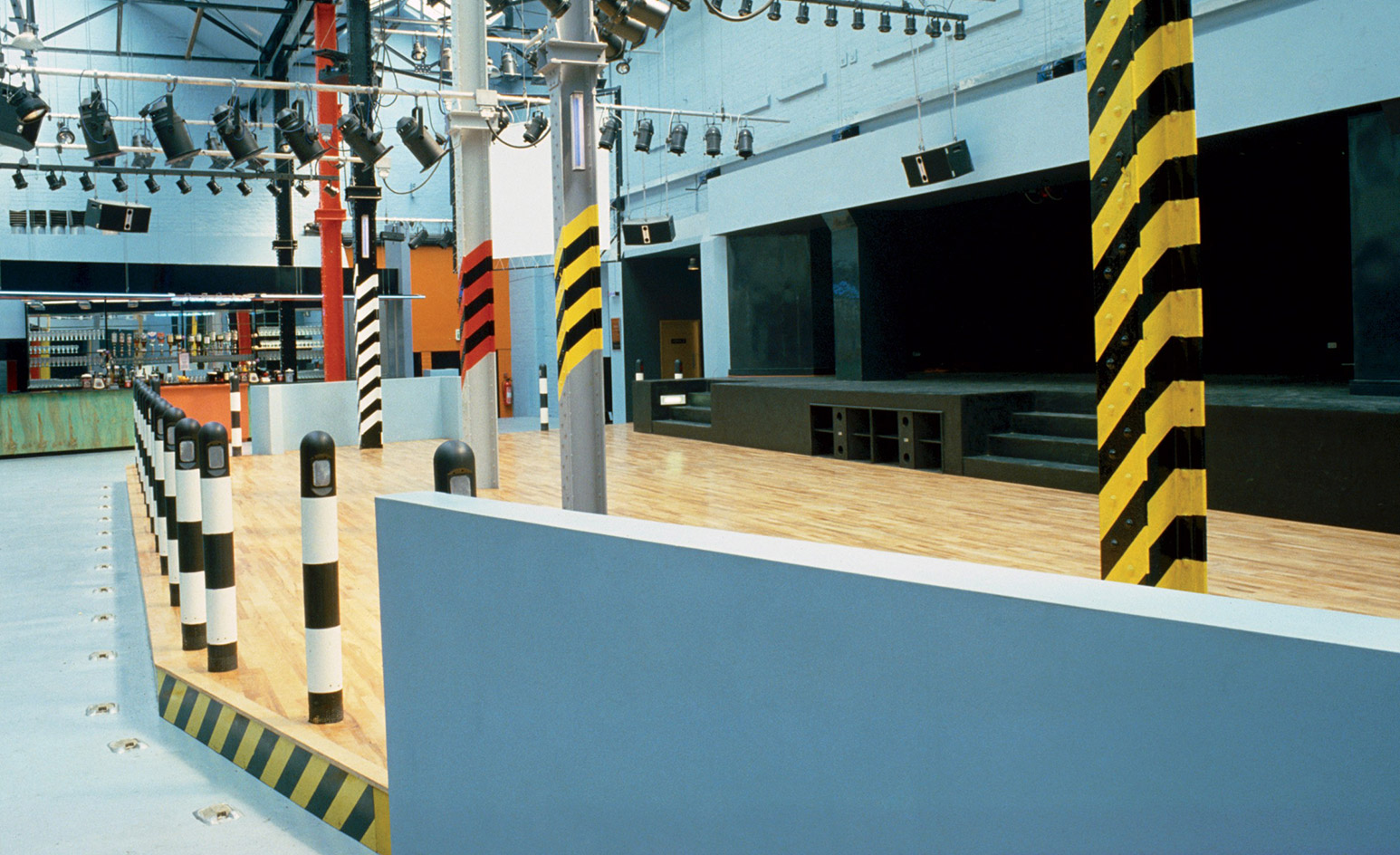
In the history of nightclub design there are two pulsating neon beacons of hedonism that shine on despite their demise – New York’s Studio 54 and Manchester’s The Haçienda. The latter’s importance in British culture has received an unlikely endorsement from Historic England as part of its celebratory campaign A History of England in 100 Places.
The legendary club, which opened in 1982 but peaked during the Madchester and rave years of the late 80s and early 90s, has been chosen as one of the ten historic places for music and literature. The list was voted for by the public and selected by novelist (and fan of the club) Monica Ali. Fellow nominees in the list include more traditional destinations such as the homes of literary greats Charles Dickens, the Brontë sisters and Jane Austen. The only other music venues listed are The 100 Club and Abbey Road Studios.
The Haçienda was the brainchild of Factory Records and in particular New Order who were influenced by the New York club scene. Orchestrated by Peter Saville, the design director of the label at the time, he pulled in designer Ben Kelly, with whom he’d already worked with on various album sleeves, to overhaul a disused canalside warehouse in Manchester. Kelly created a post-industrial interior full of factory references – such as bollards and the now iconic hazard stripes.
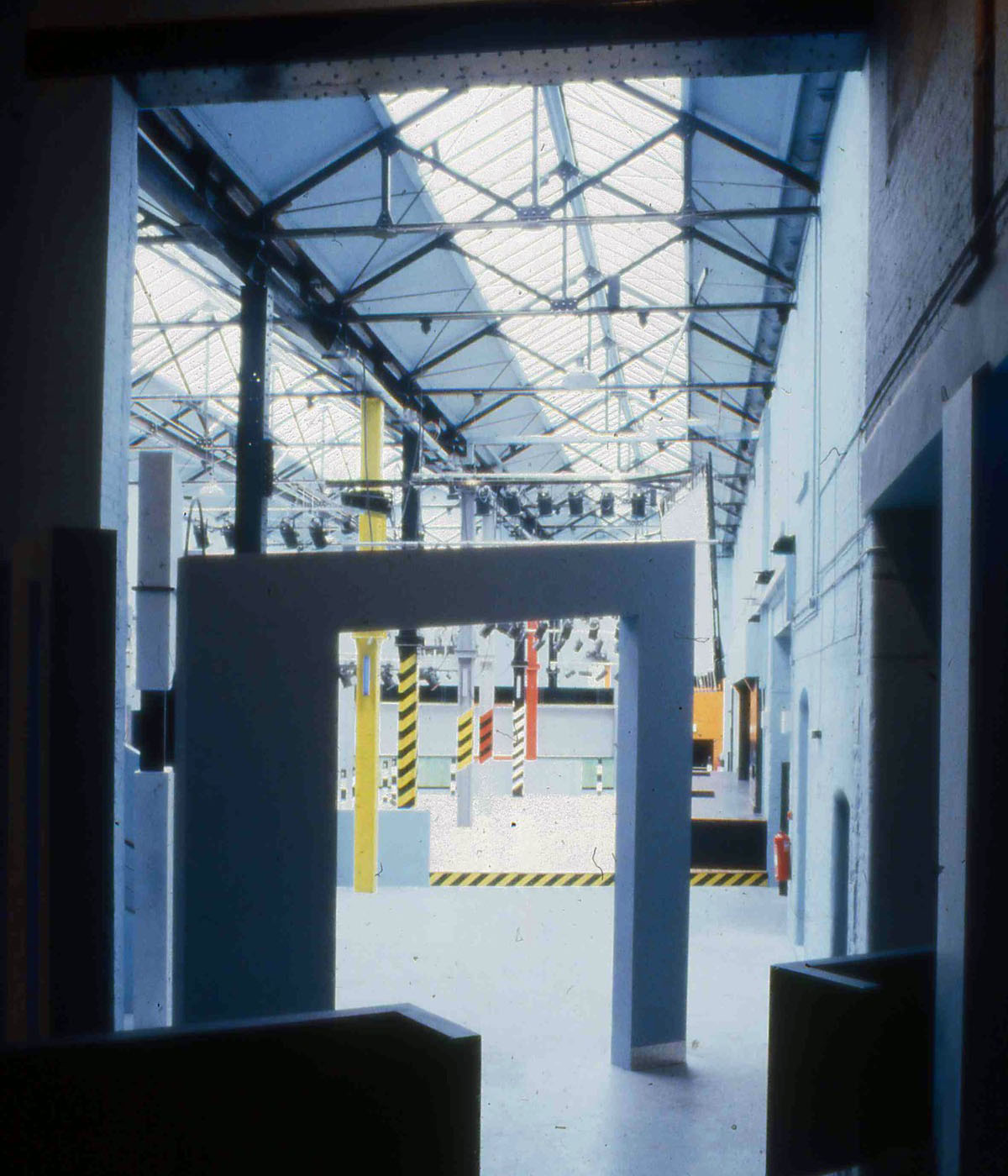
Inside The Haçienda which was designed in 1981 with ‘graphic language borrowed from factory interiors’.
‘I was very surprised,’ Kelly said of the news, ‘but it just proves The Haçienda will never die. The list is a great idea and it’s mind blowing being in the company of Abbey Road, Handel and Hendrix, you don’t get much better than that. Apparently Monica Ali used to go and was a fan, that’s the kind of effect The Haçienda had on people, a week doesn’t go by when something comes up related to the club.’
Looking back both Saville and Kelly credit the idealism of Factory Records and the freedom of self-expression granted by the label above "any commercial objective" as key to their success. Kelly believes its brilliance lay in their rookie approach. ‘It was both Factory Records and my first nightclub so it had that fantastic naïveté in its favour.’ His hybrid format, which placed the stage to the side rather than one end, meant it thrived as both music venue and club. This changed the nightclub genre and in time pioneered the UK’s halcyon days of clubbing; propelling that heady crossover between Indie and Dance music which climaxed with the second summer of love in 1988.
And although it may have closed in 1997, under a cloud of shootings and financial troubles, The Haçienda has been formally credited with kicking off the city’s regeneration. ‘When I used to visit Manchester pre-Haçienda I felt it was in monochrome, but the club changed everything, suddenly it was like a colour switch went on,’ recalls Kelly.

‘The great thing about designing the club was that once they commissioned you Factory Records just let you get on with it’,’ recalls Kelly of the project
The site may now be home to luxury warehouse flats, but its influence continues to reverberate. Most high profile perhaps is Virgil Abloh, who riffed off the hazard stripes for his Off-White luxury athleisure label, something that was brought to Kelly’s attention by friends. ‘I thought what cheeky f**ker is doing this, but then we spoke and really got on and went on to collaborate for Design Miami 2016.’ Together they created a homage to the club in the form of a touring mobile club unit which Kelly dubbed ‘Off Set’, this went on to feature in exhibitions in Liverpool and London and led to the Ruin installation at 180 The Strand.
So Saville’s grand claims when he wrote about the project in 2002 seem remarkably prescient now: ‘This building has, I think, had a greater aesthetic influence than some of the higher art of architecture. It seems extraordinary to think now about how strange this building seemed in 1981, and how the post-industrial aesthetic has been adopted totally by our culture.’
Asked what he thought of the Historic England poll, Saville said, ‘it is important to recognize that in its independence The Haçienda was “of the people, for the people”, it was a place they took to their hearts, it was their Haçienda.’
INFORMATION
For more information, visit the Ben Kelly Design website
Receive our daily digest of inspiration, escapism and design stories from around the world direct to your inbox.
-
 New York's members-only boom shows no sign of stopping — and it's about to get even more niche
New York's members-only boom shows no sign of stopping — and it's about to get even more nicheFrom bathing clubs to listening bars, gatekeeping is back in a big way. Here's what's driving the wave of exclusivity
-
 The diverse world of Belgian embassy design – 'style and class without exaggeration'
The diverse world of Belgian embassy design – 'style and class without exaggeration''Building for Belgium: Belgian Embassies in a Globalising World' offers a deep dive into the architecture representing the country across the globe – bringing context to diplomatic architecture
-
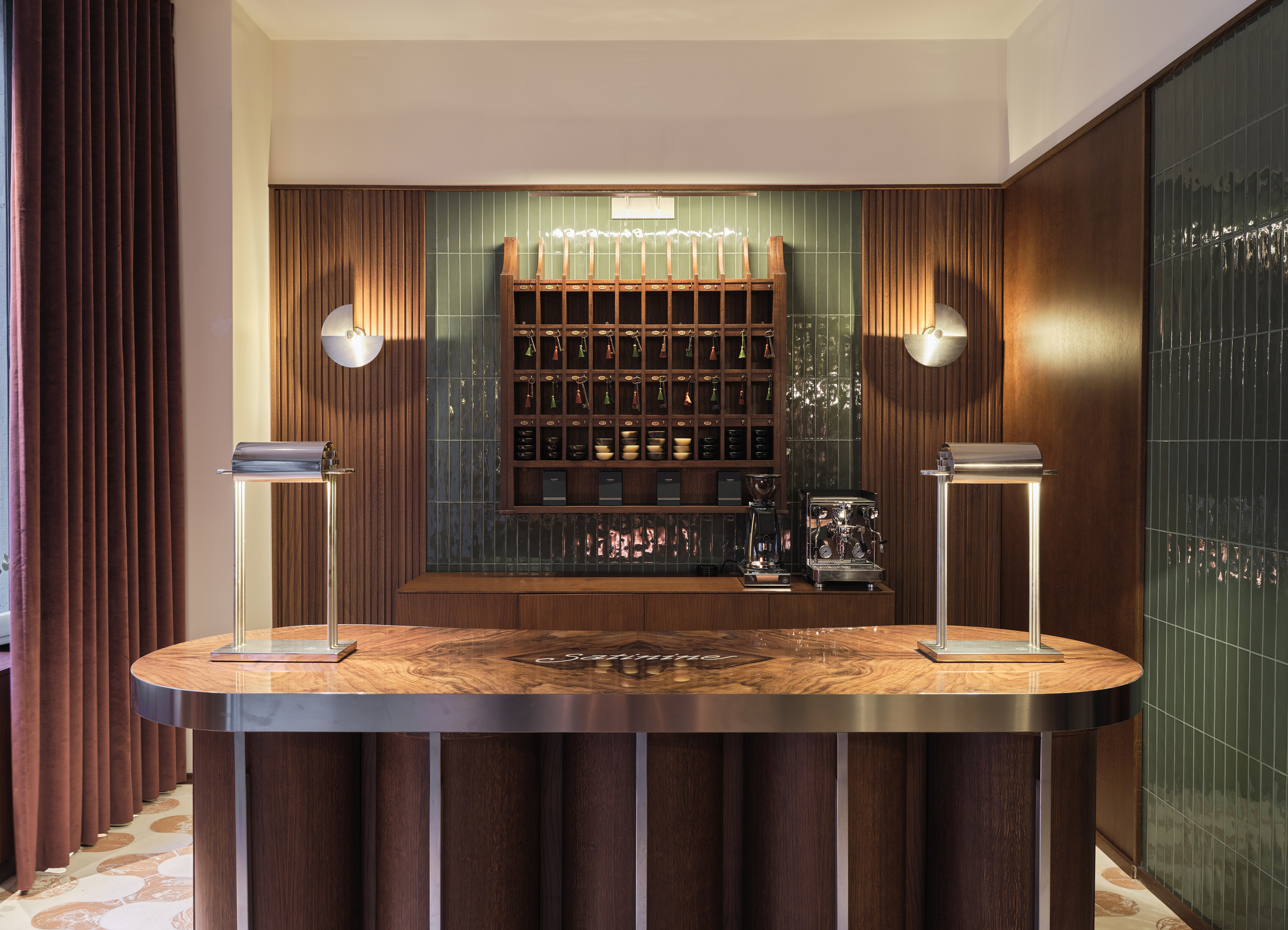 Pull up a bespoke pew at Milan’s new luxury perfumery Satinine, an homage to the city’s entryways
Pull up a bespoke pew at Milan’s new luxury perfumery Satinine, an homage to the city’s entrywaysDesigner Mara Bragagnolo fuses art deco details to bring storied Milanese fragrance brand Satinine into the 21st century
-
 Bees can now check in at Kew’s new pollinator hotel
Bees can now check in at Kew’s new pollinator hotelAt Wakehurst, Kew’s wild botanic garden, artist Kristina Pulejkova unveils four functional sculptures that tell the hidden story of seeds and act as a refuge for bees during the heat of summer
-
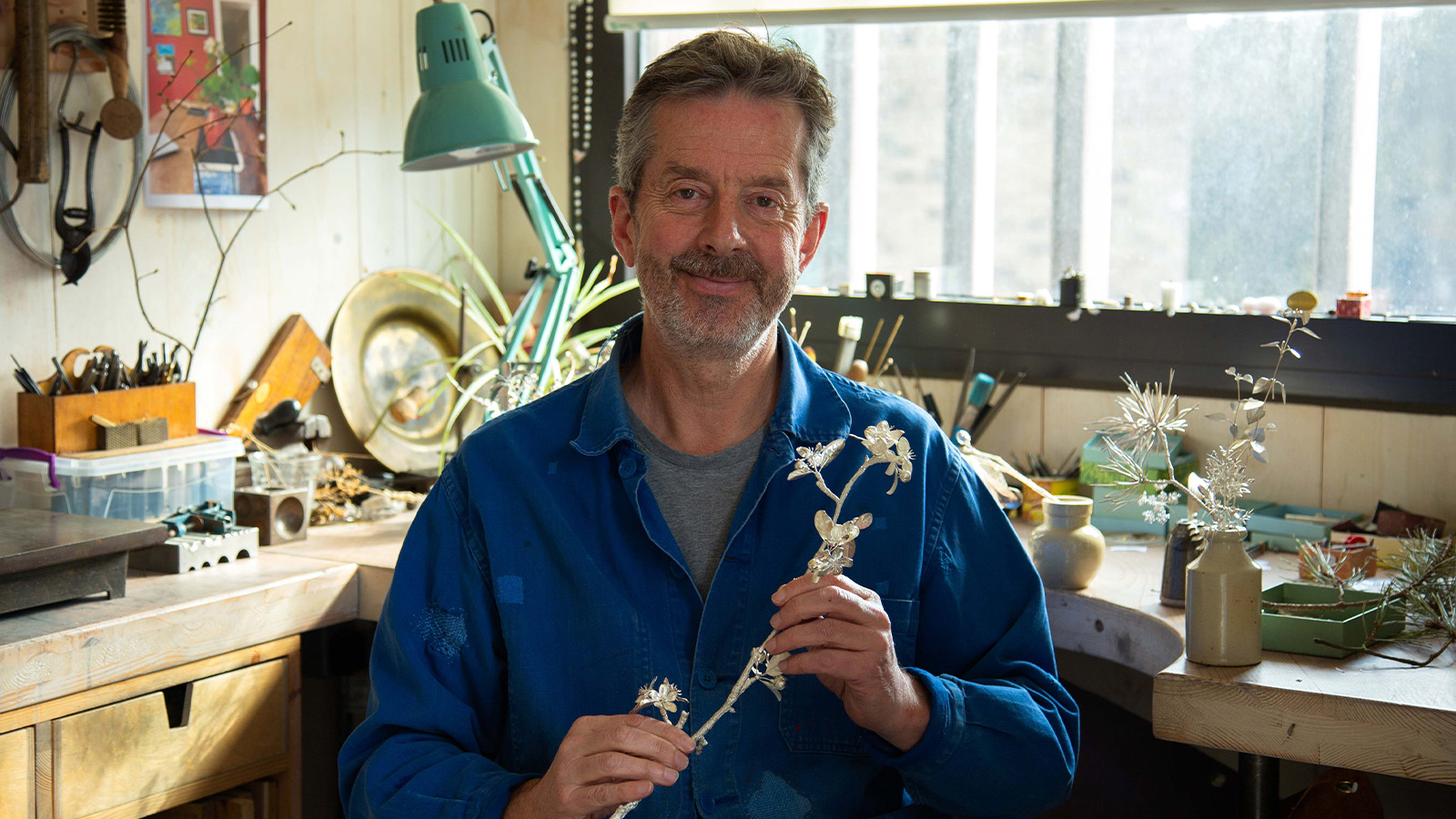 Nature sets the pace for Alex Monroe’s first sculpture exhibition
Nature sets the pace for Alex Monroe’s first sculpture exhibitionThe British designer hops from jewellery to sculpture for his new exhibition at the Garden Museum, London. Here, he tells us why nature should be at the forefront of design
-
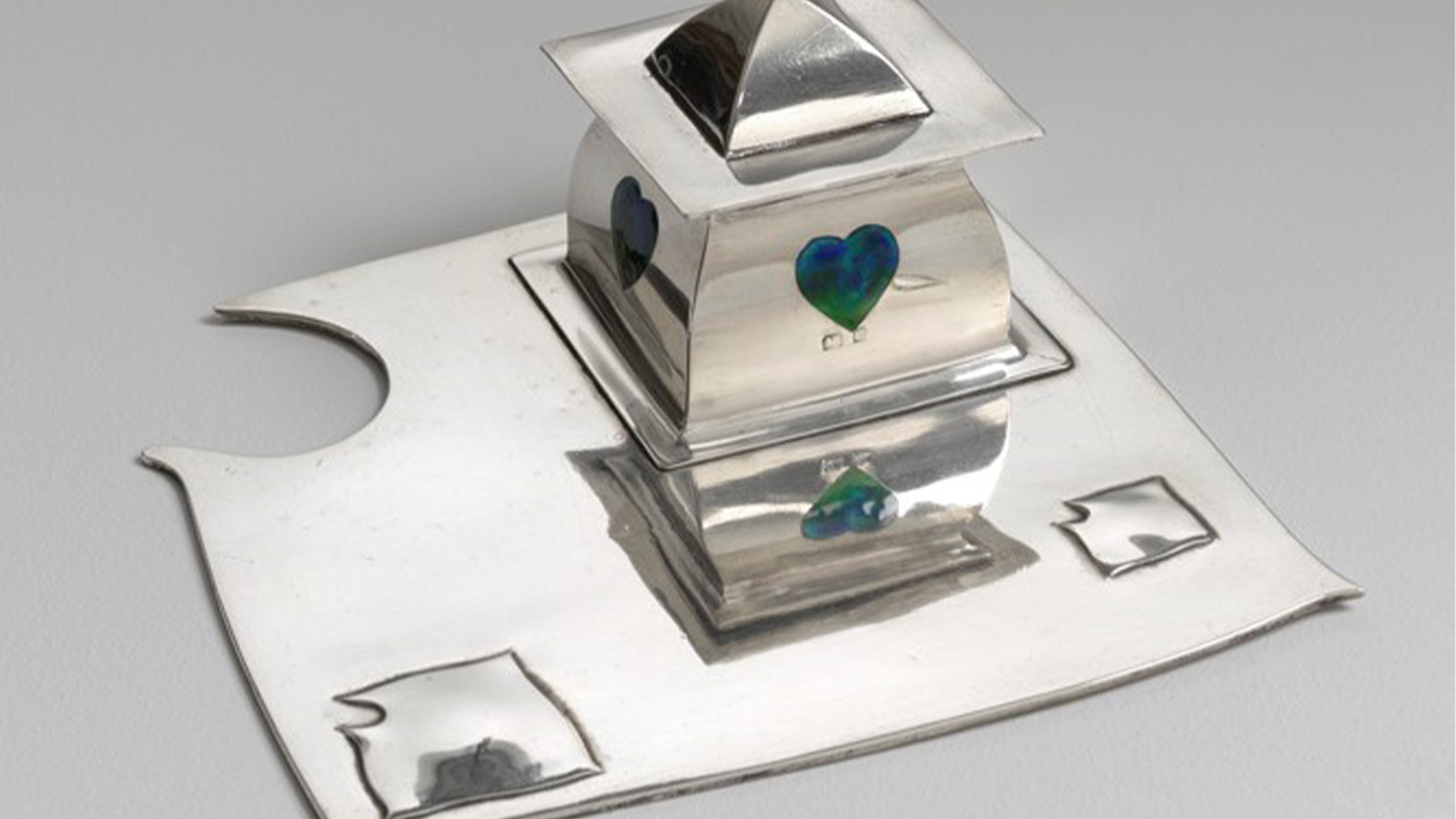 On the Isle of Man, the secret history of designer Archibald Knox is revealed
On the Isle of Man, the secret history of designer Archibald Knox is revealedThe mysterious life and works of local designer Archibald Knox is celebrated in a retrospective at Manx Museum, spanning silverware, furniture, clocks and more
-
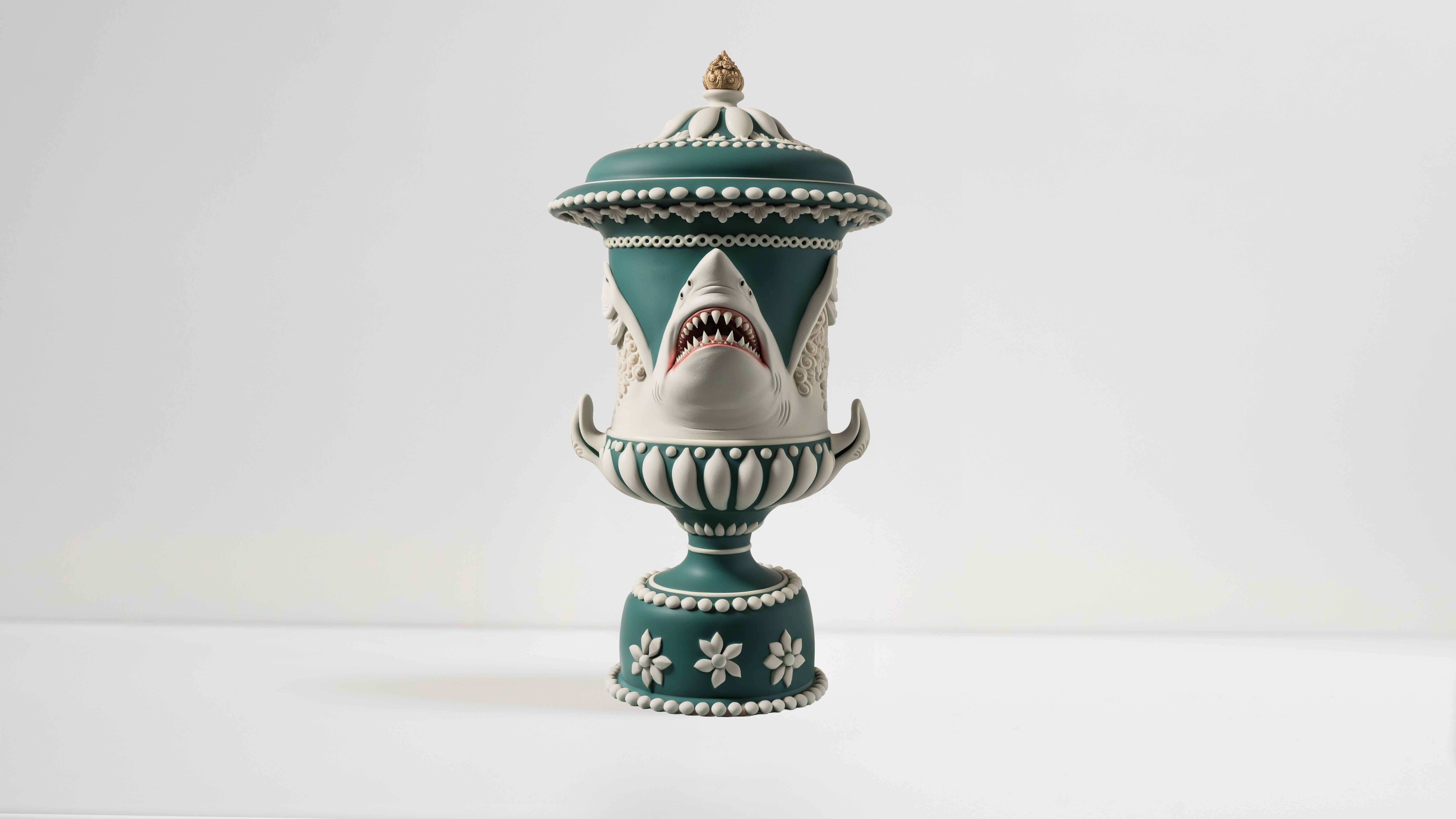 Wedgwood’s AI tool lets the public reimagine Jasperware for its 250th anniversary
Wedgwood’s AI tool lets the public reimagine Jasperware for its 250th anniversaryTo celebrate 250 years of Jasperware, Wedgwood debuts an AI tool that opens up the design process to the public for the first time
-
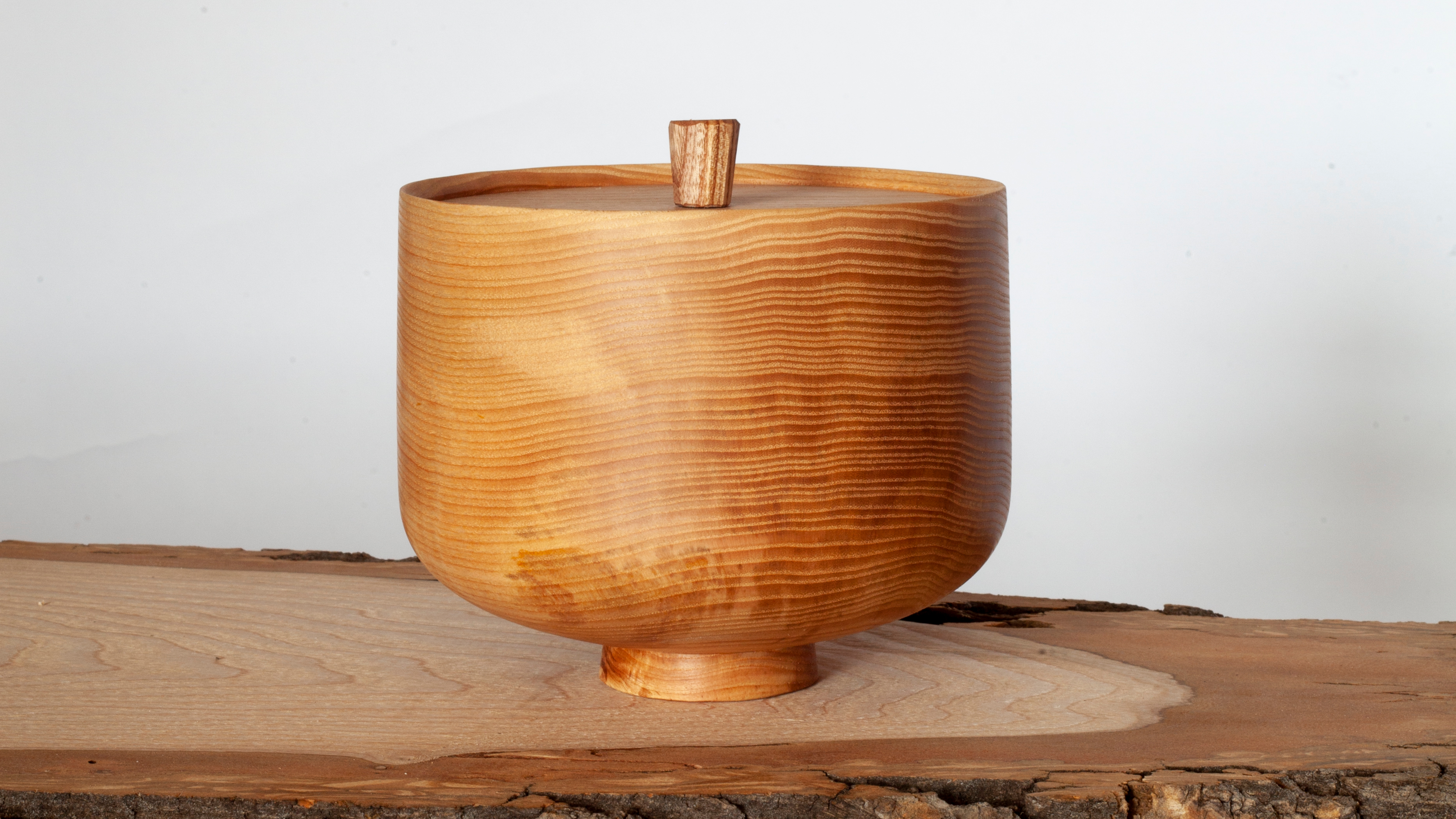 Reimagining remembrance: Urn Studios introduces artistic urns to the UK
Reimagining remembrance: Urn Studios introduces artistic urns to the UKBridging the gap between art and memory, Urn Studios offers contemporary, handcrafted funeral urns designed to be proudly displayed
-
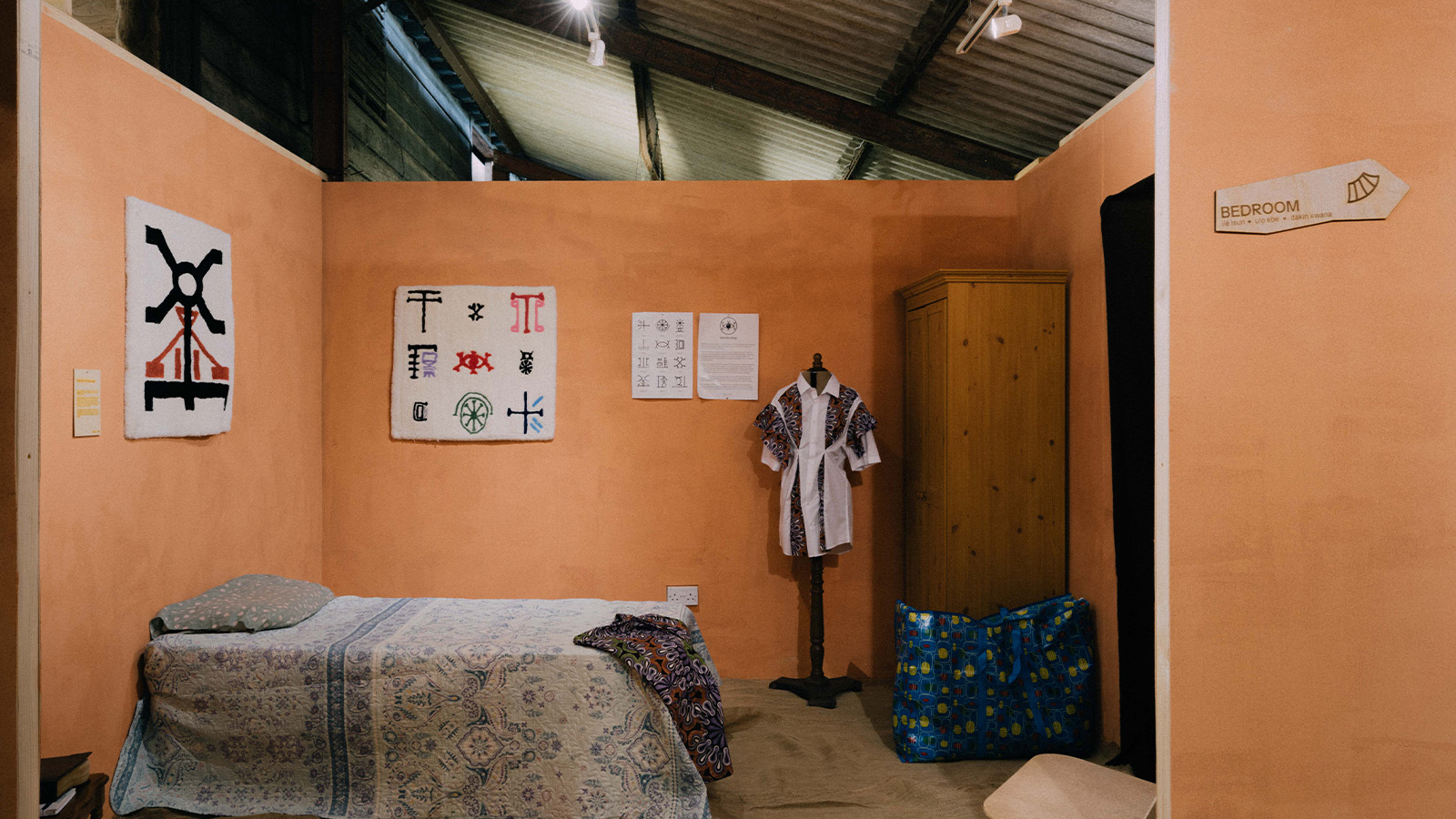 'What Makes a Space Nigerian?' is an exhibition celebrating the key elements of West African Homes
'What Makes a Space Nigerian?' is an exhibition celebrating the key elements of West African Homes‘Our aim was to create a space that Nigerians could connect with', says Moyo Adebayo's on his latest exhibition 'What Makes a Space Nigerian?' which explores what defines a Nigerian home
-
 Feldspar makes its mark on Whitehall with a festive pop-up at Corinthia Hotel
Feldspar makes its mark on Whitehall with a festive pop-up at Corinthia HotelDevon-based bone china brand Feldspar makes its first foray into shopkeeping with a pop-up at London’s Corinthia Hotel. Ali Morris speaks with the founders and peeks inside
-
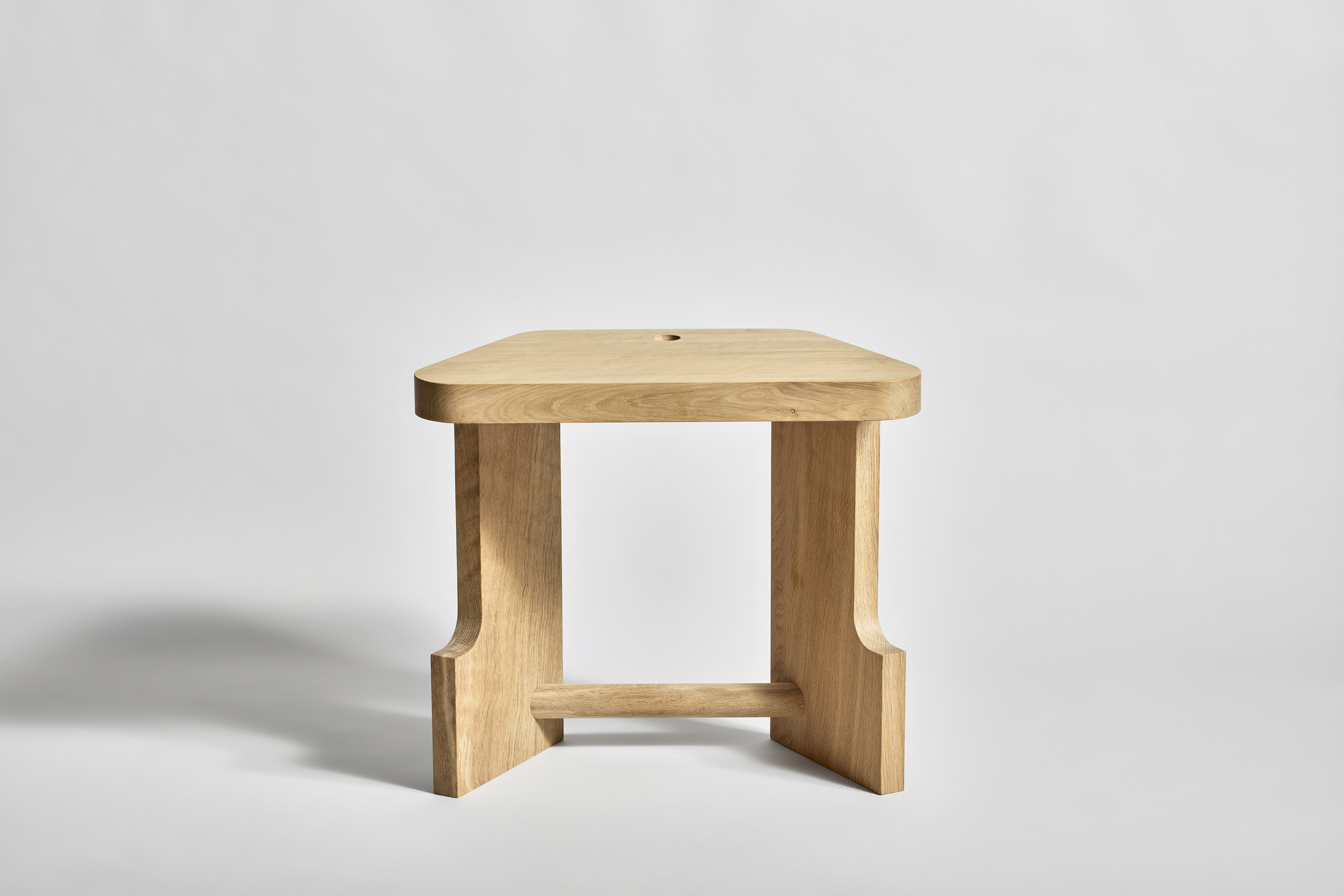 One to Watch: EJM Studio’s stool is inspired by the humble church pew
One to Watch: EJM Studio’s stool is inspired by the humble church pewEJM Studio’s ‘Pew’ stool reimagines the traditional British church seating with a modern, eco-conscious twist